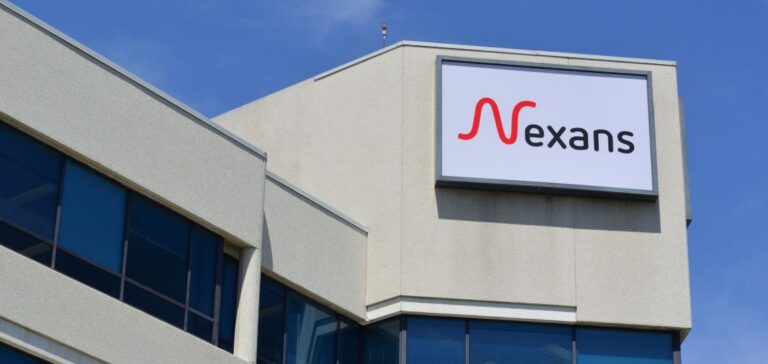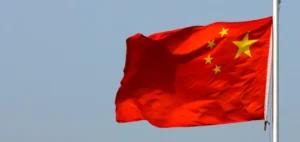In Noyelles-Godault, in the Pas-de-Calais department, the Recycâbles joint venture, established in 2008 by Suez and Nexans, processes thousands of tonnes of used cables annually to extract copper and aluminium. In 2024, 36,000 tonnes of materials from building demolitions or telecommunications networks were recycled on this site, which supplies raw materials to both local and international industries.
The cables, following several stages of sorting, cutting and grinding, yield copper and aluminium granules as well as reusable plastic chips. Last year, 18,000 tonnes of metals and 13,000 tonnes of plastics were recovered. These volumes are increasingly significant as global copper demand rises in response to electrification, particularly in electric vehicle and wind power infrastructure sectors.
Industrial expansion and targeted investments
In response to these challenges, Nexans announced in October a €90mn investment to build a new foundry in Lens, near Noyelles-Godault. This facility, the only one of its kind in France, aims to recycle up to 80,000 tonnes of copper annually and to increase the share of recycled copper in cable production to 30% by 2030. New refining equipment will be installed to process granules produced locally, which are currently too small for the company’s high-temperature furnaces.
At present, a significant portion of these granules is exported, while Nexans imports refined recycled copper. The group plans to internalise this processing to secure its long-term supply chain.
Structural imbalance in the French copper market
A report published in November by consultancy Oliver Wyman showed that in 2023, France recycled only 66,000 tonnes of the 218,000 tonnes of copper waste collected, despite an annual consumption of 257,000 tonnes. Nearly 206,000 tonnes were exported, underscoring the lack of investment in domestic processing capacity.
Market pressure is intensified by the global concentration of metal refining. According to a report led by Mario Draghi, former President of the European Central Bank, between 35% and 70% of global metal refining capacity is located in China.
In this context, Nexans is also maintaining its export commitments. The group has secured a €1bn contract to supply 450 kilometres of high-voltage submarine cables to connect upcoming offshore wind farms off the coasts of Normandy and Oléron, scheduled for commissioning in 2031 and 2032.






















